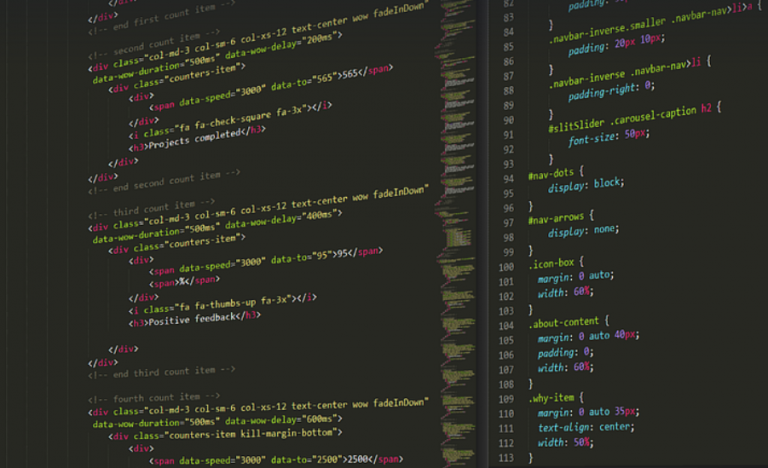A Fresh Approach to Building Complex Projects
Let’s face it, building complex systems is like assembling a giant Lego structure—a million pieces, each with its own purpose. You need the right tools and methods to build something that functions flawlessly and meets the demands of your project.
Traditional system engineering often feels like throwing a wrench at everything until you get it to work. It’s reactive, iterative, and sometimes chaotic. But what if we could have a smoother, more elegant process? Enter Cameo model-based system engineering (MBSE) – a game-changer in the world of complex system design.
So, what exactly is MBSE? Imagine it as building your Lego structure step by step, using pre-designed blocks that offer specific functions and relationships. These blocks are called “models,” and they capture everything from the system’s architecture to its functionality. It’s a visual, digital representation of how things will work together.
With MBSE, you don’t just build a system; you understand it at a deeper level. You see how individual components interact, identify potential bottlenecks, and anticipate risks before they even arise. This allows for more accurate and efficient design, leading to reduced development time and cost.
Embracing the Power of Modeling
The magic of MBSE lies in its powerful modeling capabilities. Think of it like sketching your system’s blueprint in a digital environment before you ever touch a single piece of hardware. You get to see:
- A detailed understanding of the system’s architecture and how different components connect.
- The impact of changes on the entire system, allowing for simulations and testing before implementation.
- Real-time data visualizations to understand performance bottlenecks and identify problem areas.
- A clear roadmap for development, making it easier to stay organized and manage tasks effectively.
This level of detail minimizes guesswork during the design phase. It provides a detailed map of your system that guides you through every step of the project. You can even use simulation tools to analyze how different parts interact, identify potential issues, and refine your design before building anything.
A Shift From Guessing to Proof
Traditional engineering often relies on trial-and-error, which can be a costly and time-consuming undertaking. MBSE takes a more analytical approach, employing data and simulation to test different scenarios and predict outcomes. It’s like experimenting with your Lego creation virtually before building it in reality.
Instead of hoping for the best, MBSE empowers you with confidence, allowing you to confidently navigate challenges, address potential issues early on, and make informed decisions that align with your project objectives.
From Theory to Reality – A Seamless Transition
The beauty of MBSE lies in its ability to bridge the gap between theory and reality. You start by building a detailed model that mimics the real-world system, then you can test it virtually before moving on to actual implementation. This helps minimize errors and ensures your system meets all requirements.
As you move through the project lifecycle, MBSE’s dynamic nature allows for continuous adjustments. You can update your models as needed, incorporate feedback, and make necessary adjustments to ensure your system stays on track throughout the entire process.
The Benefits of Cameo: A Leading Force in MBSE
Cameo reigns supreme within the world of MBSE as a leading force in its development. Their platform and approach offer these key advantages:
- Comprehensive Modeling Capabilities: Cameo’s robust modeling tools allow for accurate simulation, analysis, and visualization of complex systems.
- User-Friendly Interface: The platform boasts a user-friendly interface that makes it accessible to professionals with varying levels of technical expertise.
- Collaborative Features: Cameo fosters collaboration between project stakeholders through its intuitive communication tools.
- Integration Capabilities: Cameo seamlessly integrates with other software and systems, streamlining workflows and data management.
The Future of MBSE
As technology evolves and our understanding of complex systems deepens, so too will the power of MBSE. We’re entering an era where modeling is not just about building a blueprint but also about creating tangible solutions that address real-world challenges.
With Cameo leading the charge, MBSE promises to revolutionize the way we design and build complex systems in 2024 and beyond. It offers a chance to move beyond guesswork and embrace data-driven decision making for a more efficient, accurate, and ultimately successful future of system engineering.
Are you ready to embark on this exciting journey into the world of Cameo MBSE? Get in touch with us today to discover how we can help you build the systems that drive innovation and success.














